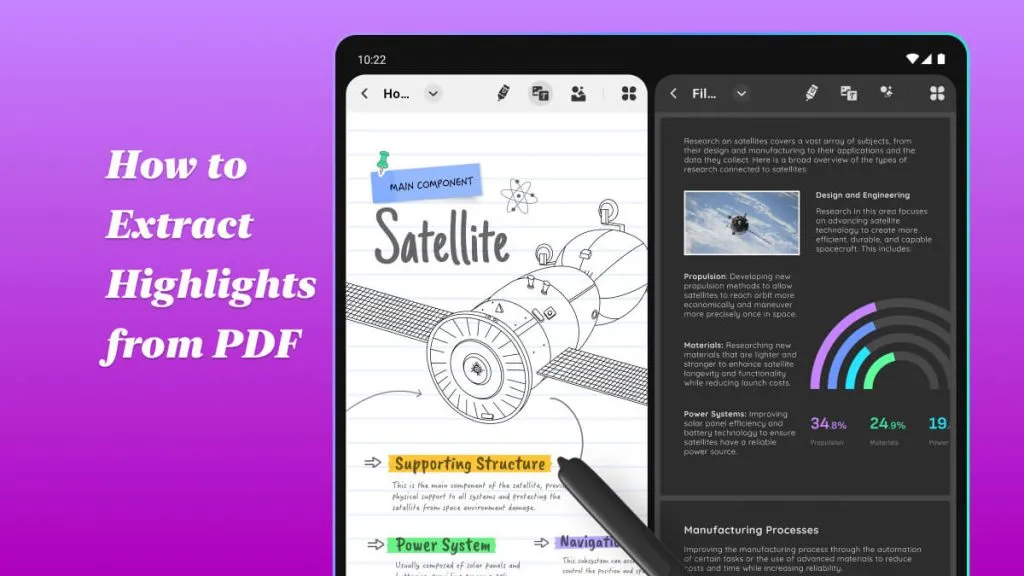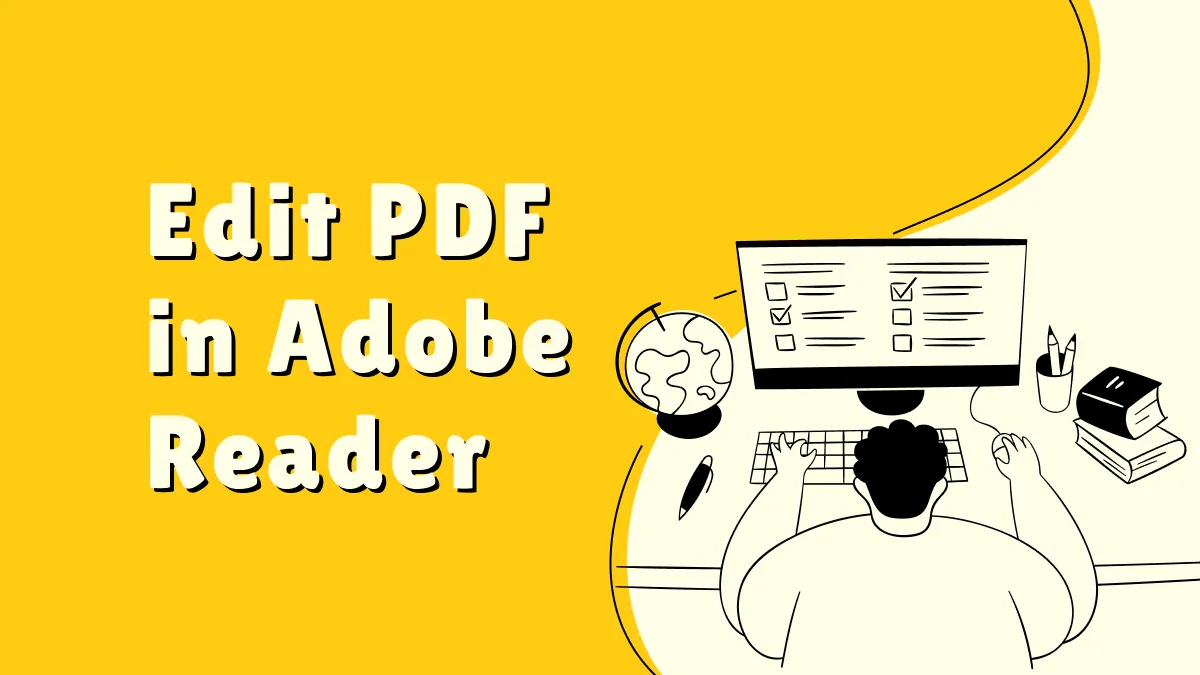Creating professional and polished PDF documents is more crucial than ever. Whether for business presentations, academic papers, or legal documents, the clarity and consistency of your PDFs can significantly impact your audience's understanding and engagement. A key aspect of this is knowing how to embed fonts in PDFs, ensuring that your document maintains its intended appearance across all devices and platforms. This blog post aims to provide insight and a comprehensive guide on embedding fonts in PDFs, from utilizing tools like Adobe Acrobat and UPDF to addressing common challenges and best practices. Gain the expertise to ensure your PDFs always look their best.
Part 1. How to Incorporate Special Fonts into Your PDF without Embedding
The visual presentation of documents, especially PDFs, is essential to making sure that the intended message is conveyed accurately and attractively. A significant part of this presentation is the font style, which can greatly affect readability and the overall aesthetic of the document. However, when sharing PDFs across different platforms and devices, maintaining the original font style can be challenging without embedding the fonts directly into the PDF. This process can increase file size and complicate document sharing.
An innovative solution to this dilemma is UPDF, a versatile PDF editing tool that simplifies the use of special fonts in PDFs without the need for embedding. UPDF leverages the fonts already installed on a user's device, allowing for the seamless incorporation of special fonts into PDFs. This approach ensures that documents maintain their intended appearance without the additional hassle of embedding fonts, thereby facilitating easier sharing and management of PDF files. Click the button below to give it a try!
Windows • macOS • iOS • Android 100% secure
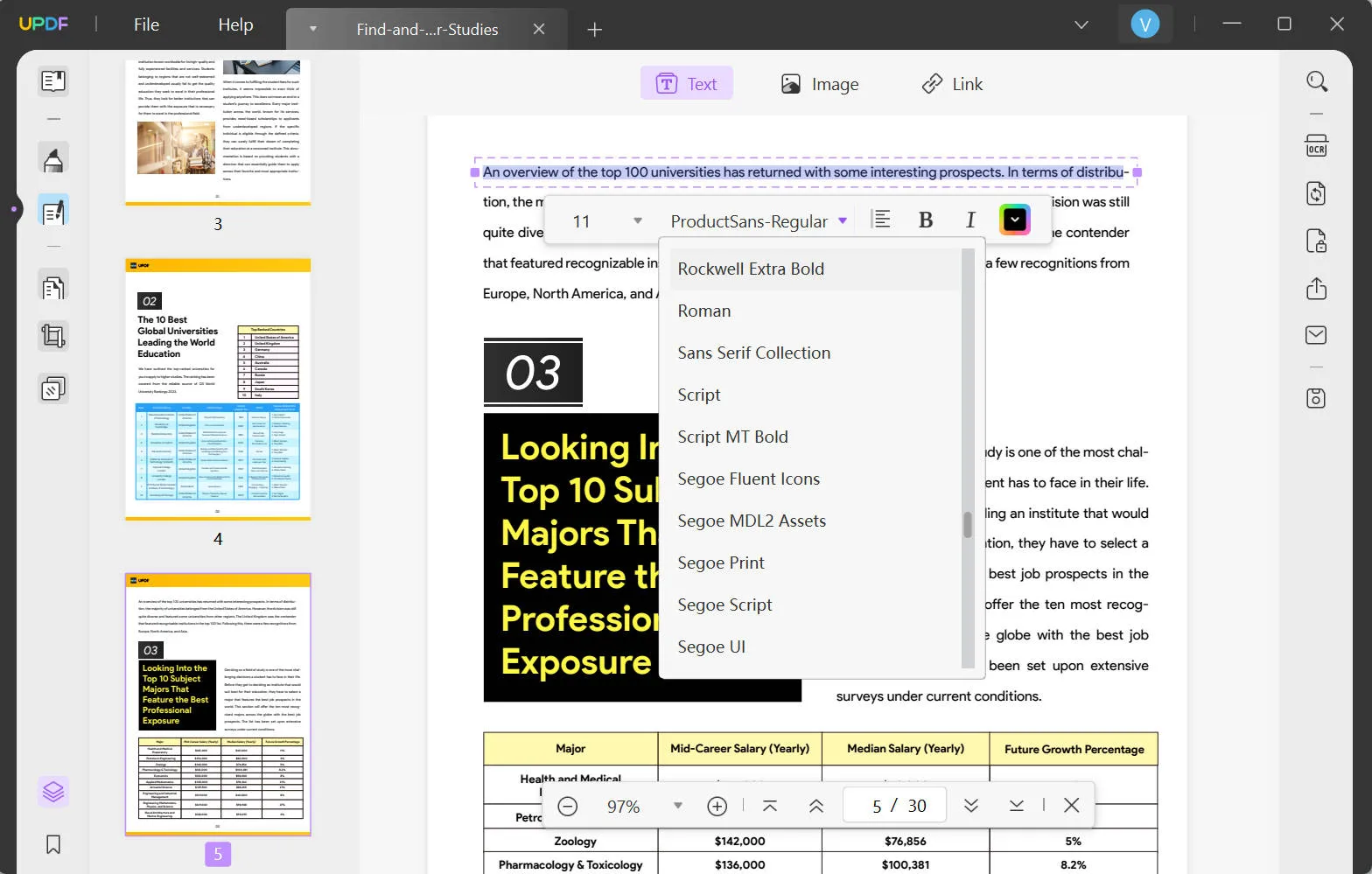
To utilize special fonts in your PDF documents without embedding them, follow these straightforward steps:
- Ensure the special font you wish to use is installed on your device's system. UPDF relies on the system fonts available on your device, thus eliminating the need for embedding fonts into the PDF file itself.
- Open your PDF document with UPDF. Navigate to the text editing section, where you can select or modify text.
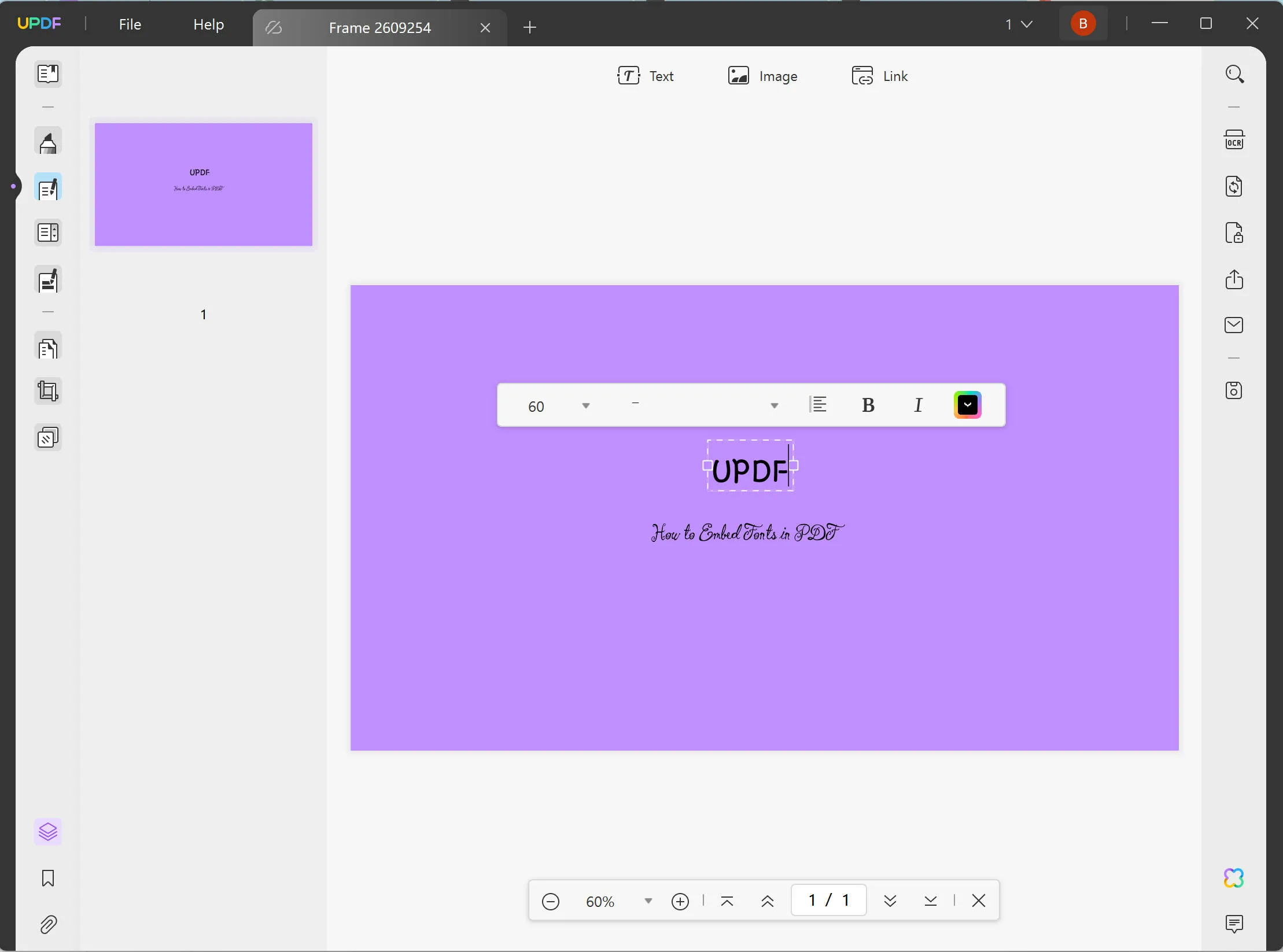
- Select the text you wish to change and select the font from the list of system fonts available in UPDF. If the font is installed on your system, it will appear in the list and can be applied directly to your PDF document.
By following these straightforward instructions, you can easily customize your PDFs with special fonts that reflect your document's unique style and purpose, all without the complexities of embedding fonts. UPDF provides a straightforward solution for enhancing your PDFs with special fonts, ensuring your documents look exactly as intended on any device.
Part 2. Embedding Fonts in PDF Documents Using Adobe Acrobat
Transitioning from the convenience of using system fonts with UPDF, there are scenarios where embedding fonts directly into a PDF is necessary. This is especially true when the document is to be shared widely, and there's no guarantee that the recipient's device will have the desired fonts installed. Adobe Acrobat offers a robust solution for embedding fonts into PDFs, ensuring that your document retains its intended appearance across all devices and platforms.
To embed fonts in a PDF with Adobe Acrobat, follow these steps:
- Begin by verifying you have an Adobe Acrobat license, then open the PDF in Adobe Acrobat, making sure you're logged into your account.
- Open the PDF in Acrobat and navigate to File > Document Properties.
- Click on the Fonts tab. Here, fonts marked with (Embedded Subset) are already embedded. Those without this label will require manual embedding.
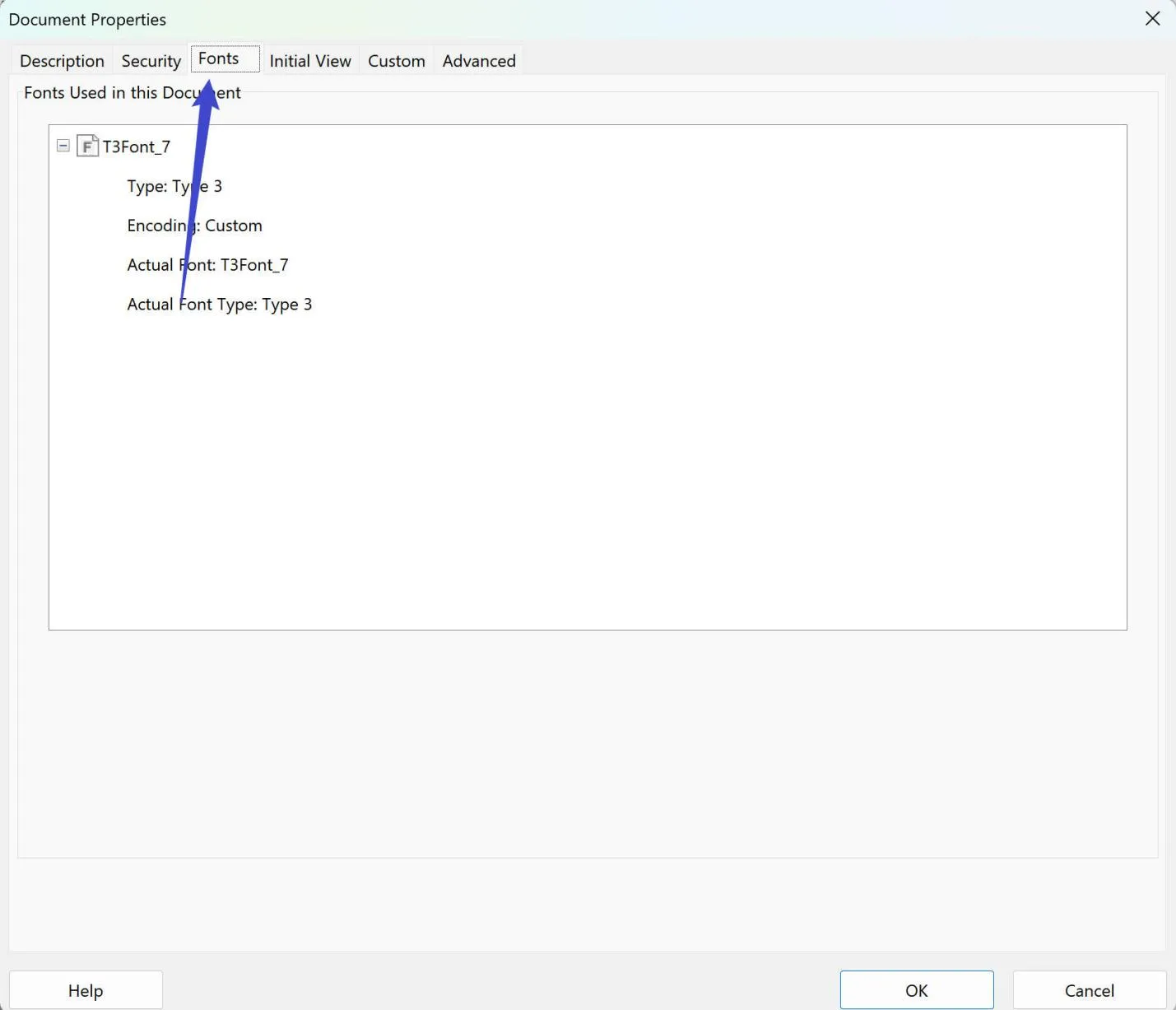
- For embedding fonts, proceed to File > Print, and choose Adobe PDF as the printer.
- Hit the Properties button.
- Go to the Adobe PDF settings tab and select Edit next to Default settings.
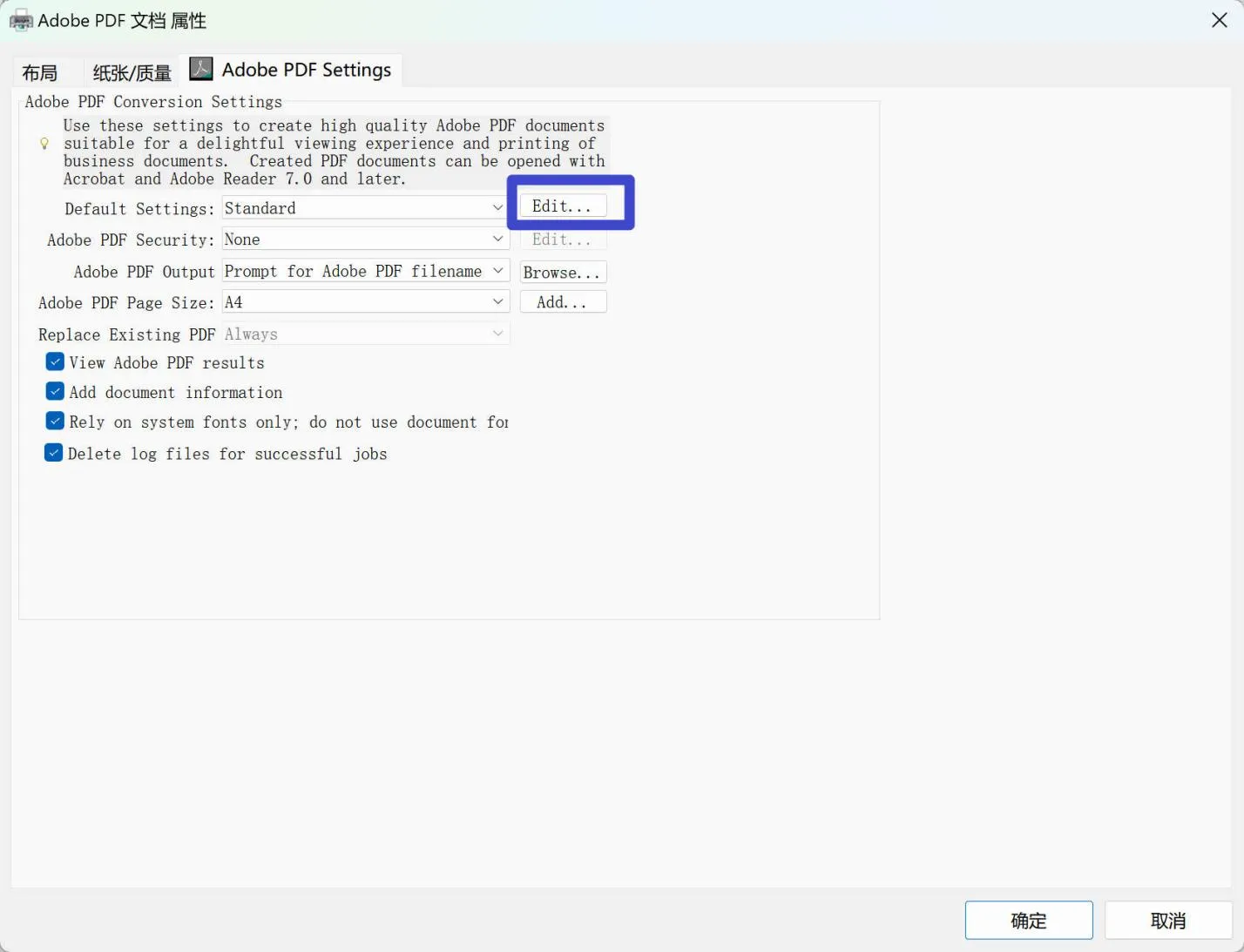
- In the pop-up window, a menu of folders will display on the left. Select Fonts, and ensure the necessary fonts are listed in the font source list. If so, check the box labeled Embed all fonts.
- If the fonts aren't listed, close the pop-up window and transfer or copy the font files to C:/Windows/Fonts. Use the search bar in the launcher menu to locate this folder if needed.
- Make sure all fonts to be embedded are in the Fonts source list, then move them to the Always Embed box.
- Finalize by clicking OK in the pop-up window to complete the process.
Embedding fonts ensures that your PDF will appear the same, regardless of where it's opened. However, if embedding fonts increases the file size or if you prefer a more straightforward method to manage fonts in your PDFs, UPDF presents an alternative solution. UPDF allows for the easy use of system fonts in your PDFs without embedding, simplifying the process and keeping file sizes manageable.
For those seeking to maintain the original aesthetics of their PDF documents without the complexity of embedding fonts, consider using UPDF. Its user-friendly interface and efficient font management capabilities make it an excellent tool for all your PDF needs, including editing PDF with the same font.
Windows • macOS • iOS • Android 100% secure
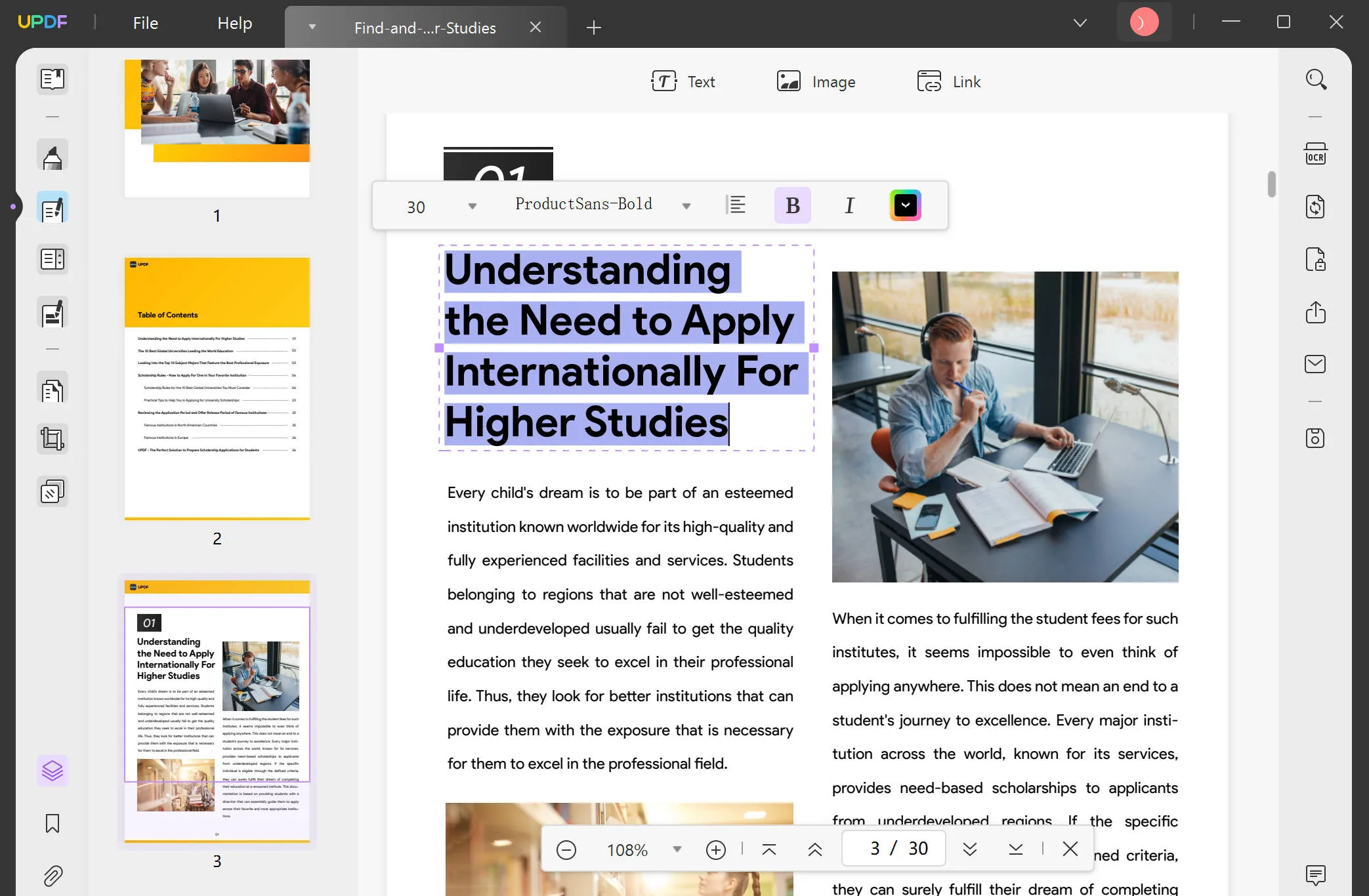
Part 3. Bonus: Discover the Ultimate AI-Enhanced PDF Editing and Reading Experience
While embedding fonts is a critical aspect of preparing a document, UPDF offers a suite of additional features that enhance document management and editing. This comprehensive toolset makes UPDF an invaluable asset for anyone looking to streamline their document workflows, ensuring not only aesthetic consistency with fonts but also facilitating a wide range of editing and management tasks efficiently. The other features include:
- Edit PDF: UPDF allows you to edit text and images in your PDFs as easily as you would in a Word document.
- UPDF AI: UPDF's AI capabilities enable you to summarize long PDF contents, translate them into different languages, and provide explanations for better understanding.
- Convert PDFs: Quickly and accurately convert PDFs to and from various formats like Word, Excel, and more, maintaining the original layout and format integrity.
- OCR PDF: The advanced OCR feature in UPDF can recognize text in scanned PDFs across 38 languages, making your documents editable and searchable.
- Batch PDF: Insert a single PDF into multiple files collectively without quality loss.
- Organize PDF: Efficiently manage your PDF pages by extracting, splitting, rotating, reordering, or adding new pages.
- Compress PDFs: Decrease the file size of your PDFs without compromising quality.
- View PDF: Improve your PDF readability with multiple layouts, including single-page view, two-page view, scrolling, or two-page scrolling
- Annotate PDFs: UPDF offers extensive annotation tools, including highlights, text boxes, attachments, and shapes, for an intuitive reading and editing experience.
- Fill and Sign: Design and add electronic signatures to your PDFs.
- UPDF Cloud: With the power of cloud computing, you can view your PDF from any device.
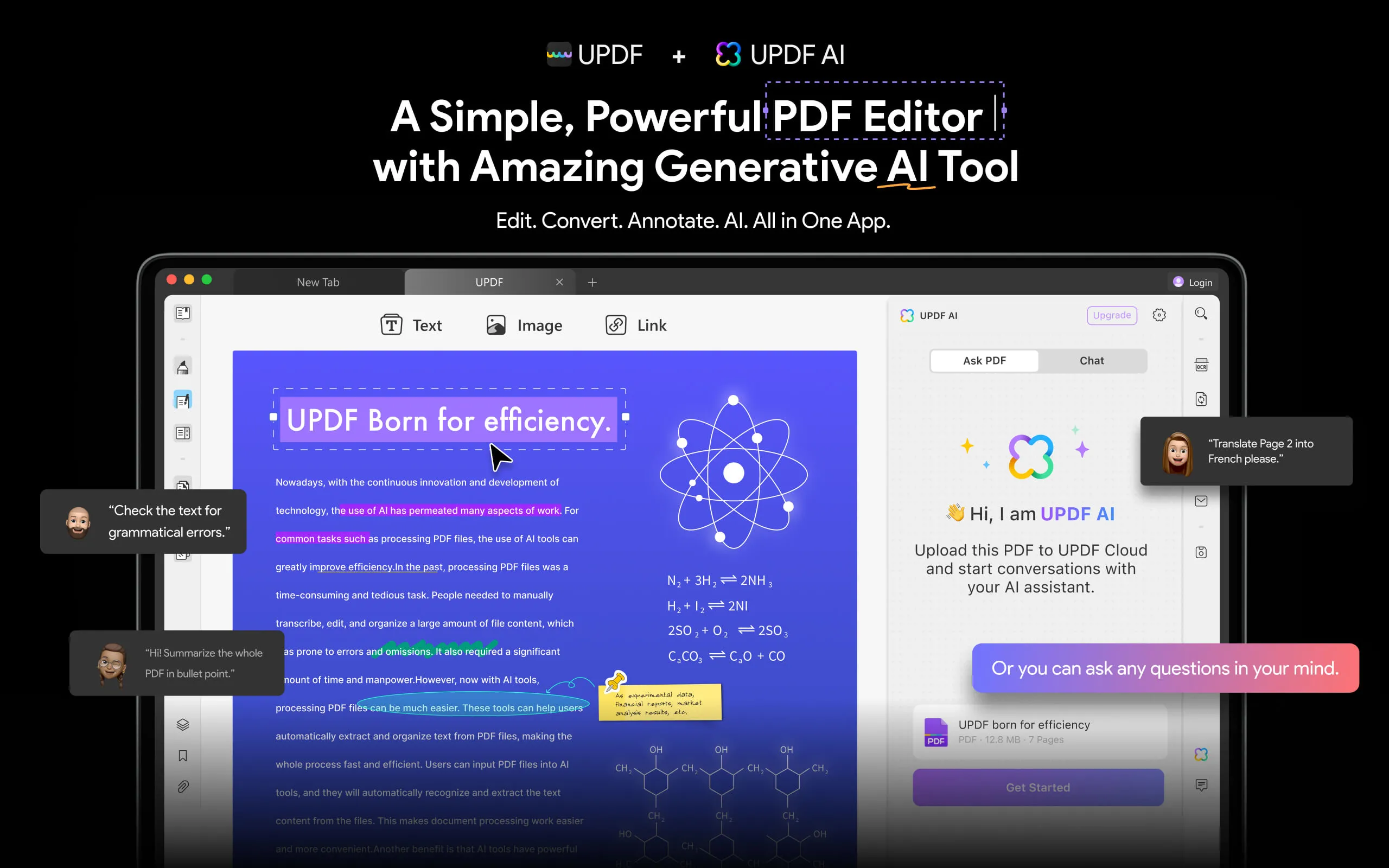
Adobe Acrobat and UPDF differ significantly in their offerings, catering to diverse user needs. A few notable differences are that UPDF includes an AI assistant in all its subscription, OCR technology is available in the entry-level subscription, various additional tools for viewing and annotating your PDF, many more file conversion options, and more. The key differences highlight UPDF as a multifaceted tool tailored for comprehensive document editing, annotation, and management. Check out UPDF today to learn more!
Windows • macOS • iOS • Android 100% secure
Part 4. FAQs About Embedding Fonts in PDF
Q1. Why do some fonts not show up in PDF?
Fonts may not appear in a PDF due to them not being embedded in the document or not installed on the viewing device. If a font isn't included with the PDF and it's absent on the device, a substitute font will be used, potentially altering the intended appearance.
Q2. What are the best fonts for PDF files?
The best fonts for PDF files are those that enhance readability and maintain document consistency across various platforms. Helvetica, Times New Roman, Arial, Calibri, Verdana, and Georgia are excellent choices. These fonts are widely recognized for their clarity, versatility, and broad compatibility with different devices and software.
Q3. Why is my formatting changing when I convert to PDF?
Formatting changes when converting to PDF can occur due to discrepancies in font availability, text alignment, or document settings between the original document and the PDF software. Ensuring fonts are embedded and maintaining consistent document settings can mitigate these changes, preserving the original formatting in the PDF.
Conclusion
In conclusion, mastering the art of embedding fonts in PDFs is essential for ensuring your documents retain their intended aesthetic and readability, regardless of where or how they are viewed. Tools like Adobe Acrobat offer robust solutions for embedding fonts, while UPDF presents a more versatile approach with additional features such as PDF as a slideshow, stickers for annotation, OCR capabilities, extensive file conversion options, sensitive information redaction, and an AI assistant. Embrace UPDF to not only master font embedding but also to unlock a suite of advanced features that enhance your document management and editing workflow, making your PDFs stand out in clarity and professionalism.
Windows • macOS • iOS • Android 100% secure
 UPDF
UPDF
 UPDF for Windows
UPDF for Windows UPDF for Mac
UPDF for Mac UPDF for iPhone/iPad
UPDF for iPhone/iPad UPDF for Android
UPDF for Android UPDF AI Online
UPDF AI Online UPDF Sign
UPDF Sign Read PDF
Read PDF Annotate PDF
Annotate PDF Edit PDF
Edit PDF Convert PDF
Convert PDF Create PDF
Create PDF Compress PDF
Compress PDF Organize PDF
Organize PDF Merge PDF
Merge PDF Split PDF
Split PDF Crop PDF
Crop PDF Delete PDF pages
Delete PDF pages Rotate PDF
Rotate PDF Sign PDF
Sign PDF PDF Form
PDF Form Compare PDFs
Compare PDFs Protect PDF
Protect PDF Print PDF
Print PDF Batch Process
Batch Process OCR
OCR UPDF Cloud
UPDF Cloud About UPDF AI
About UPDF AI UPDF AI Solutions
UPDF AI Solutions FAQ about UPDF AI
FAQ about UPDF AI Summarize PDF
Summarize PDF Translate PDF
Translate PDF Explain PDF
Explain PDF Chat with PDF
Chat with PDF Chat with image
Chat with image PDF to Mind Map
PDF to Mind Map Chat with AI
Chat with AI User Guide
User Guide Tech Spec
Tech Spec Updates
Updates FAQs
FAQs UPDF Tricks
UPDF Tricks Blog
Blog Newsroom
Newsroom UPDF Reviews
UPDF Reviews Download Center
Download Center Contact Us
Contact Us


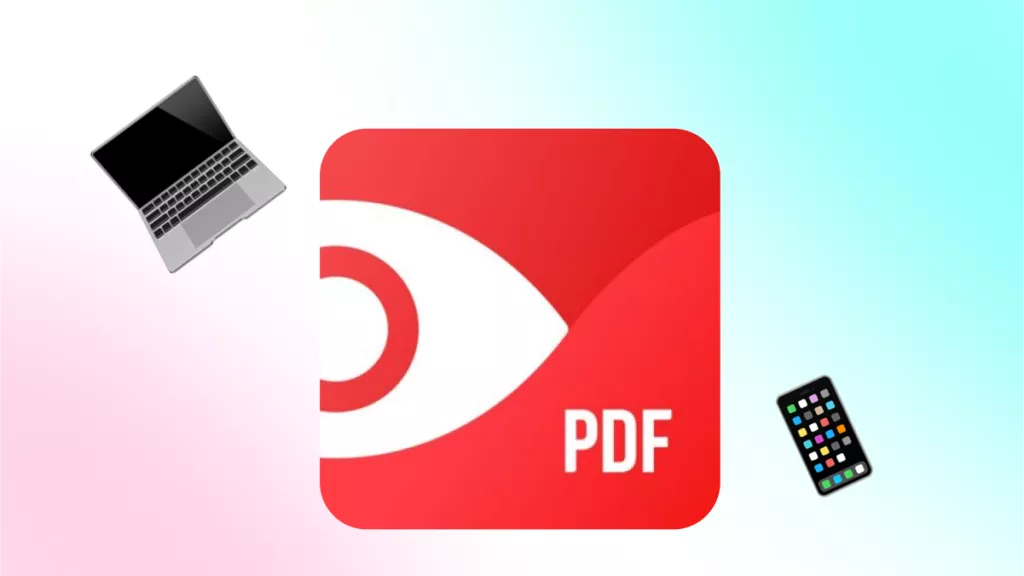



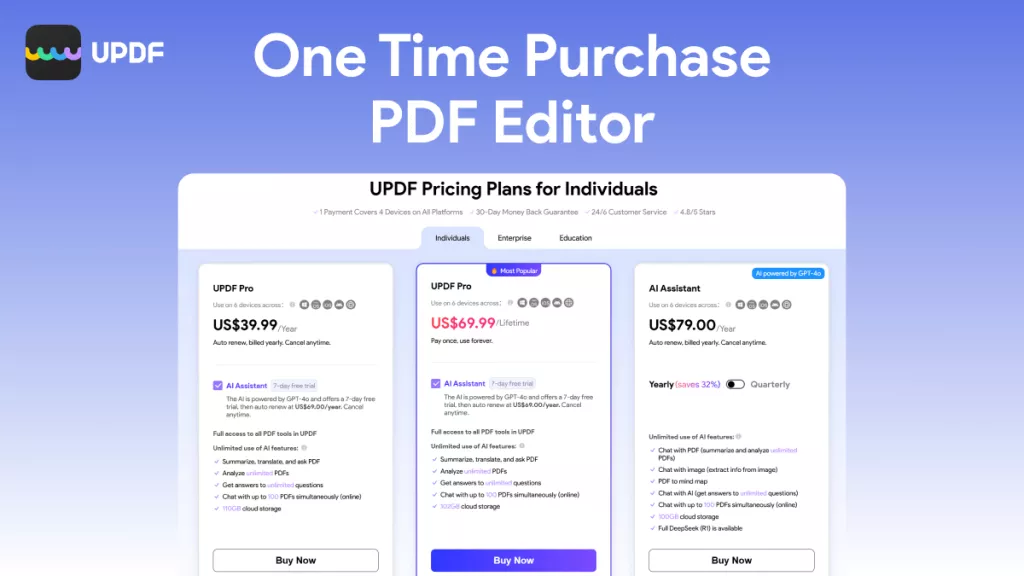


 Donnie Chavez
Donnie Chavez 
 Katherine Brown
Katherine Brown 